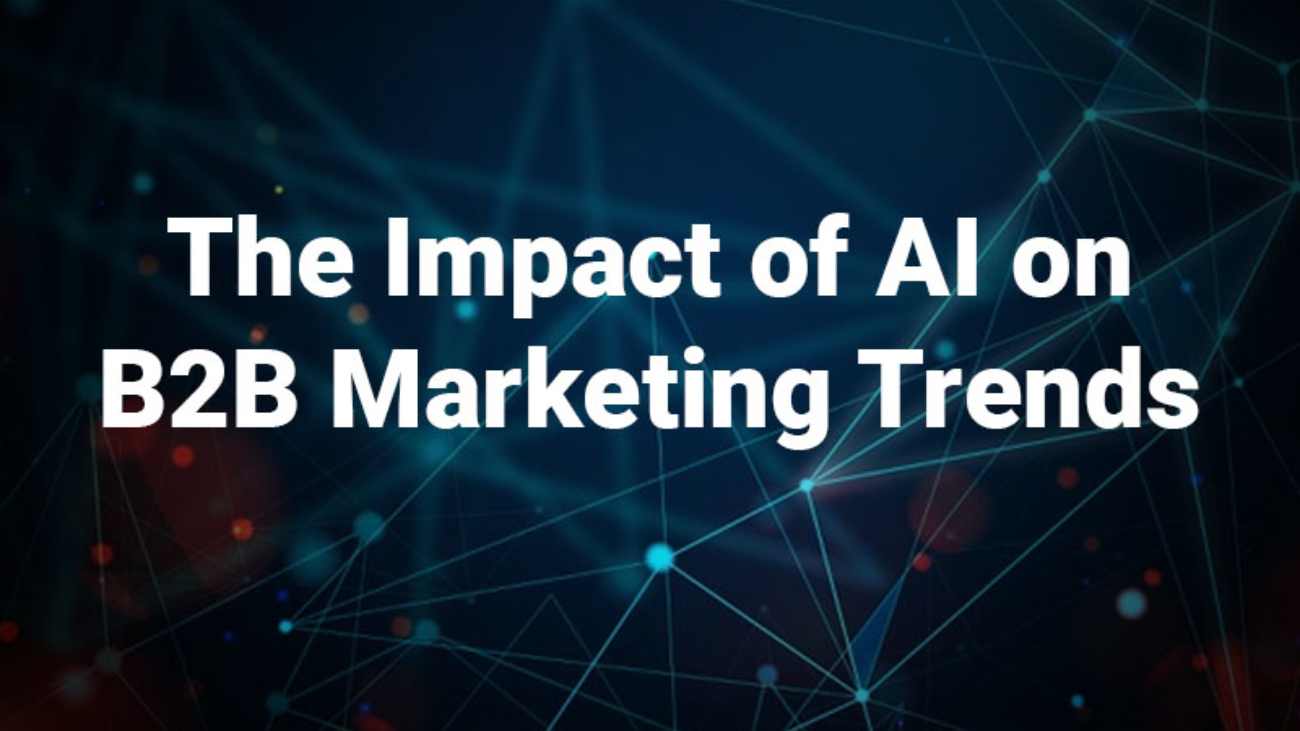Today, PIM plays an important role in the final decision-making stage in the consumer’s buying experience. The Product Information Management, aka, PIM, adds value to customer experience by delivering accurate and consistent data, thus generating revenue. A superior PIM software provides an omnichannel experience and a seamless integration and availability of product information across multiple channels.
There are a multitude of open source PIM platforms available today.
Here are 5 significant signs to look out for, to see if your company is in dire need of a robust PIM.
Spreadsheets is old school
Major drawback of working with spreadsheet is the lack of synchronization.
With the lack of a centralized platform, data entry & type of data entry will tend to vary depending on the individual at that point in time working with the company.
The old school way of product documentation and sharing is thus inaccurate, obsolete and inconsistent.
Dynamic product data
Products get updated all the time. Hence product content also needs updating. Handling millions of products and constant updating requires manpower on the job constantly.
They monitor, track and record all data transactions and filter out wrong data.
This tedious job affects the productivity of the employees. With the time and energy wasted on this, there is a loss of revenue as well.
Customer service calls
When wrong data is circulated across all systems, the customer too looks at wrong data and buys the product. Once the product is delivered he realises that this product doesn’t fit his need.
Unhappy customers give bad feedback, leading to poor customer experience. This will effect your brand and revenue ultimately.
From inventory management, to order placement, to order processing and ultimately delivery, if you are unable to govern and check data quality at every step, you will not be able to convert potential customers smoothly – or worse, lose the existing ones.
Wrong decision calls
With wrong data floating in the system, decisions are hampered at every touch point. The relationship between data quality, and decision accuracy is tightly knit together.
The departments entrusted with the strategy-making for the company’s future will rely on data to make these decisions. When the data itself is wrong, the decisions also do not serve any purpose. Wrong data does not point you in the right direction.
Historical data and current data is mighty useful in learning buying patterns, cost breakdown & predictive analysis amongst many more.
Geographical management of data
When your brand/store is big and covers many geographical locations, using a PIM makes more sense.
Managing spreadsheets across various departments, spread across locations with the content being updated constantly, the human is bound to make an error. This can be especially challenging when the sales teams are handling the clients directly face2face.
The volume and consumption of data has increased to great lengths in the last couple of years.
In the age of digital transformation high quality, accurate , standardized, properly formatted data is necessary for you to have a competitive advantage over other retailers.
Using a PIM, helps you manage SKU numbers, description, pricing, images and much more product information across many channels. Altius Technologies specializes in setting up the right PIM for businesses.
For a free consultation about setting up your PIM.
Saravanan Baskaran
Observant to enrich & generate revenue for e-stores with the right product content and other SaaS Solutions.










